| 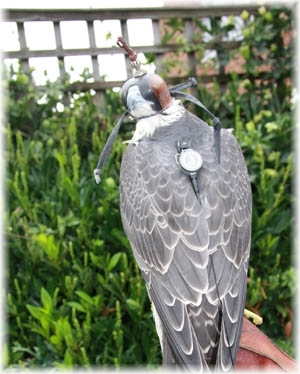 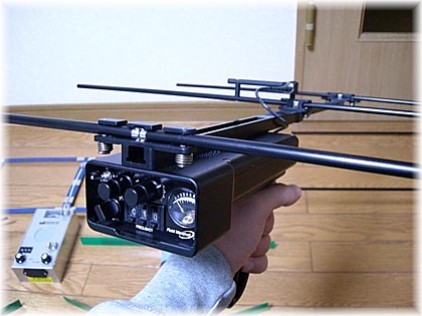 |
| 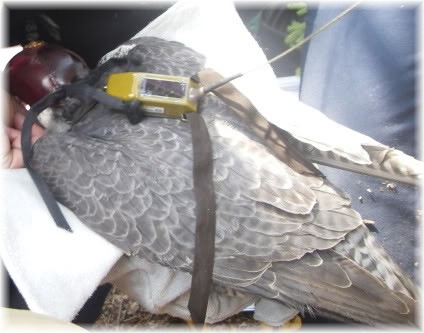 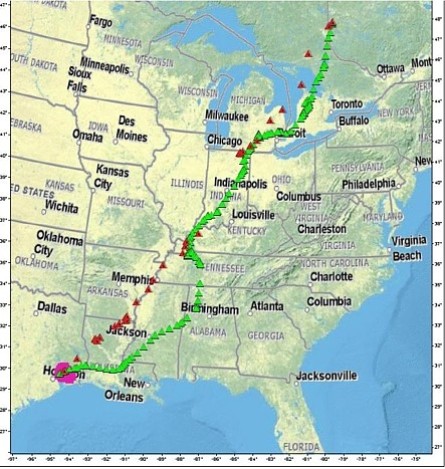 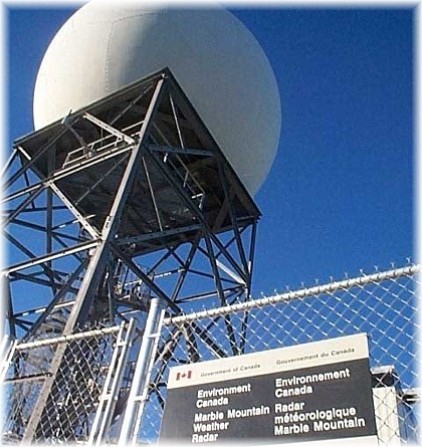 |
A nice moving frame radar image of a migration that starts at night. You can see the flocks of birds light up the various radar stations as they take to the sky. Visit Woodcreepers.com for current migration news and images.
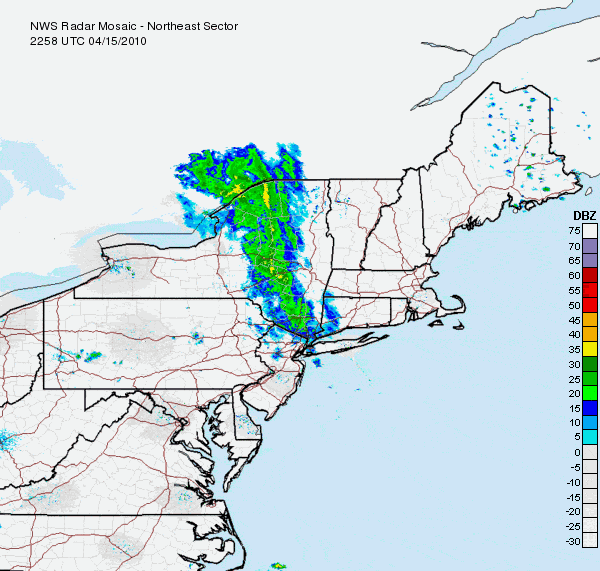
This page and all contents are copyright, Newfoundland and Labrador Falconers Association, all rights reserved